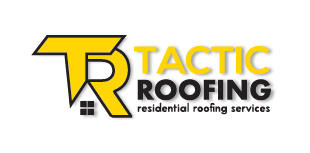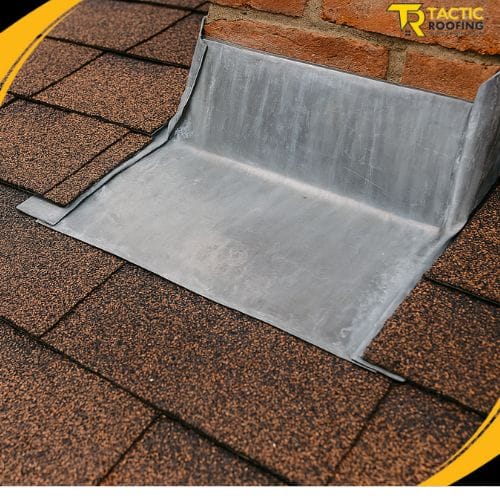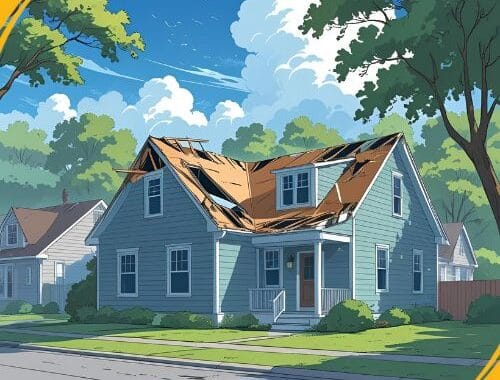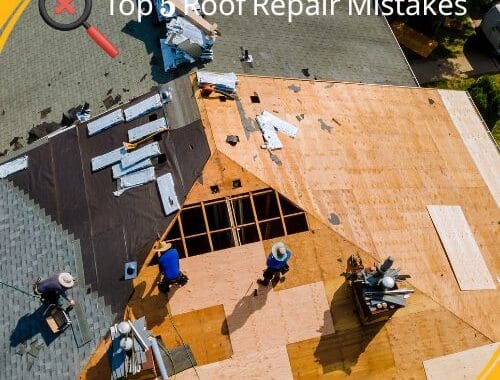When it comes to protecting your home from water damage, few elements of a roofing system are as crucial—yet as overlooked—as roof flashing. Roof flashing plays a vital role in maintaining a watertight barrier at the most vulnerable points of your roof. Without it, even the most minor rainstorm could lead to costly damage, including leaks, mold, and compromised structural integrity. This article explores the importance of roof flashing, the consequences of poor installation or maintenance, and how expert services from Tactic Roofing can ensure your roof is properly sealed for years to come.
What Is Roof Flashing?
Roof flashing is typically a thin piece of metal, often aluminum or galvanized steel, designed to direct water away from critical areas of the roof. These areas include joints, valleys, chimneys, skylights, vents, and where the roof meets vertical walls. Flashing acts as a sealant and a guide, redirecting water that would otherwise seep into seams and crevices.
Properly installed flashing ensures that water doesn’t pool or find its way into your home’s interior, which is why it is one of the first lines of defense against moisture intrusion. Despite its critical role, many homeowners don’t realize that flashing needs the same level of care and attention as shingles or gutters.
Why Flashing Fails
Like any component of a home, roof flashing can degrade over time. Exposure to extreme weather, temperature fluctuations, and poor workmanship are among the most common culprits behind flashing failure. Here are a few key reasons flashing might fail:
- Improper Installation: If flashing isn’t installed correctly during initial construction or a repair, it can easily become loose or misaligned, rendering it ineffective.
- Aging and Corrosion: Over time, metal flashing can rust or corrode, especially if exposed to salt air or moisture.
- Physical Damage: Storm debris, animals, or human activity (like cleaning gutters) can bend or damage flashing.
- Incompatible Materials: Sometimes flashing doesn’t properly bond with roofing materials, especially around complex installations like skylight installation.
Flashing failure often goes unnoticed until significant damage occurs. That’s why regular inspections from roof repair experts near me are essential to catch early signs of wear and tear.
How Flashing Prevents Leaks
Flashing prevents leaks by acting as a secondary barrier against water infiltration. Here’s how it works in various parts of the roof:
- Chimneys: Flashing wraps around the chimney’s base to keep water from penetrating where it meets the roof.
- Skylights: Special flashing kits are used during skylight installation to create a watertight seal around the frame.
- Roof Valleys: These are the channels where two roof slopes meet. Flashing here ensures water flows away smoothly.
- Roof Edges and Dormers: Flashing prevents water from seeping into siding or roof decking.
Without proper flashing, water can infiltrate under shingles and accumulate in roof structures, insulation, and ceilings, eventually leading to mold growth and wood rot.
Professional Flashing Installation Matters
DIY flashing installation or repair might seem like a money-saving idea, but improper methods often cause more harm than good. Correct flashing involves precise cutting, fitting, and sealing—especially around irregular shapes and angles. This is particularly important during complex roofing upgrades like skylight installation, where even the slightest misalignment can allow leaks to develop.
That’s where Tactic Roofing comes in. As trusted professionals, they understand the intricacies of proper flashing installation, ensuring tight seals and long-lasting performance. Their team evaluates your roof’s condition, identifies high-risk zones, and custom-fits flashing materials to provide the most effective protection.
Signs Your Flashing May Need Repair or Replacement
Watch for these warning signs that may indicate flashing issues:
- Water stains on ceilings or walls
- Visible rust or corrosion on flashing
- Loose or missing flashing components
- Mold growth in the attic or upper walls
- Shingle deterioration near roof edges or protrusions
If you notice any of these, it’s time to contact roof repair experts near me who specialize in leak diagnostics and flashing repair.
Preventative Maintenance Tips
- Schedule Annual Roof Inspections: An annual inspection by professionals like Tactic Roofing can help identify flashing issues before they escalate.
- Clean Debris Regularly: Leaves and branches can trap moisture and lift flashing if not removed promptly.
- Monitor Skylights and Chimneys: These are common leak zones due to complex flashing requirements.
- Sealants and Caulking: While flashing is primarily metal, some areas require caulking to seal gaps. Over time, this caulking can crack or shrink and needs reapplication.
- Check After Storms: High winds and flying debris can damage flashing. It’s wise to inspect your roof after severe weather events.
The Tactic Roofing Advantage
Homeowners seeking dependable flashing solutions should look no further than Tactic Roofing. With a reputation for quality workmanship and customer satisfaction, they provide:
- Detailed roof assessments and customized flashing plans
- High-grade metal materials for long-lasting durability
- Expertise in complex installations like skylight installation
- Responsive service from local, certified roof repair experts near me
Whether you’re dealing with existing damage or planning a new roof, Tactic Roofing offers comprehensive services to ensure your home stays dry and secure.
Conclusion
Flashing may be out of sight, but it should never be out of mind. This small yet essential roofing component plays a major role in leak prevention and overall roof health. Ignoring flashing maintenance or relying on unqualified installers can lead to extensive, expensive water damage.
By trusting seasoned professionals like Tactic Roofing, homeowners can ensure that every joint, valley, and skylight is properly sealed and protected. Regular inspections, proper materials, and expert craftsmanship make all the difference in maintaining a leak-free roof.
Don’t wait until water starts dripping through your ceiling. Be proactive. Inspect your flashing, call in the experts, and keep your home protected—rain or shine.




